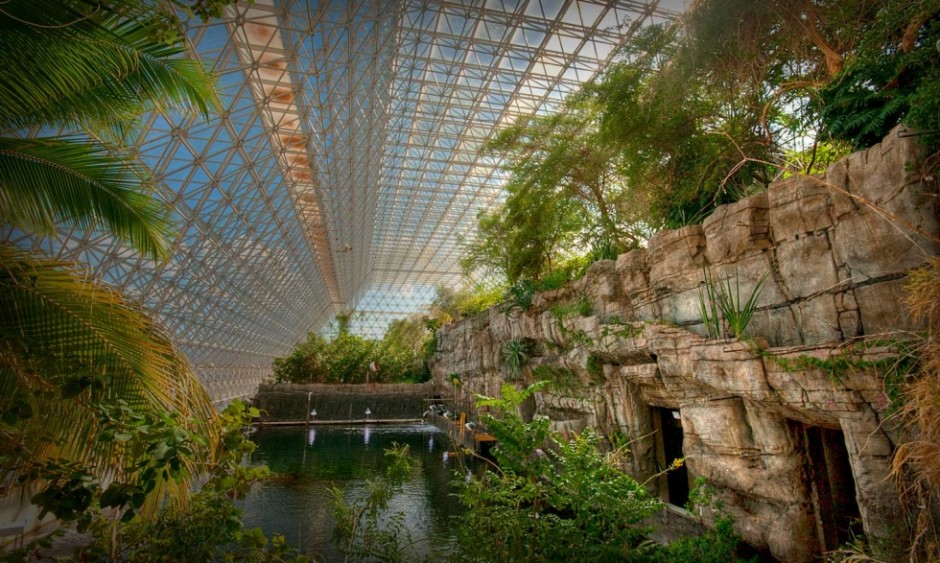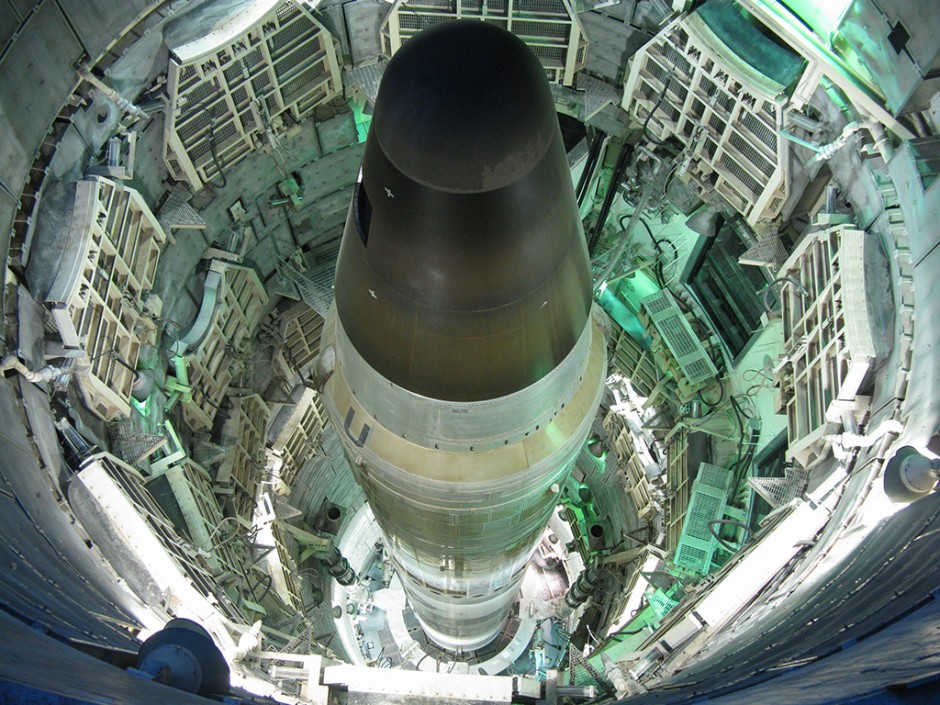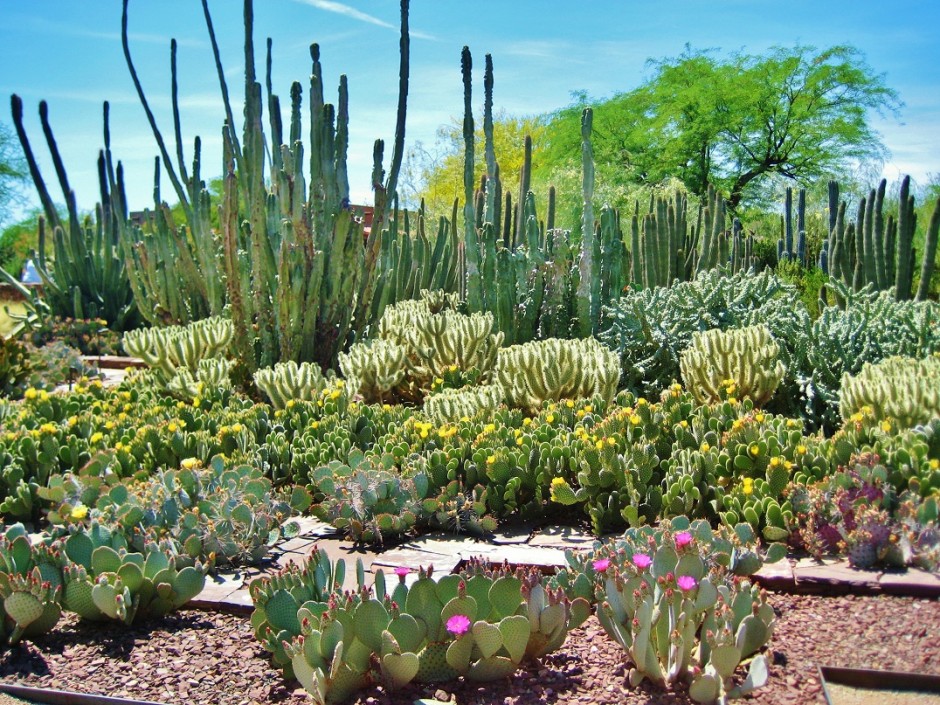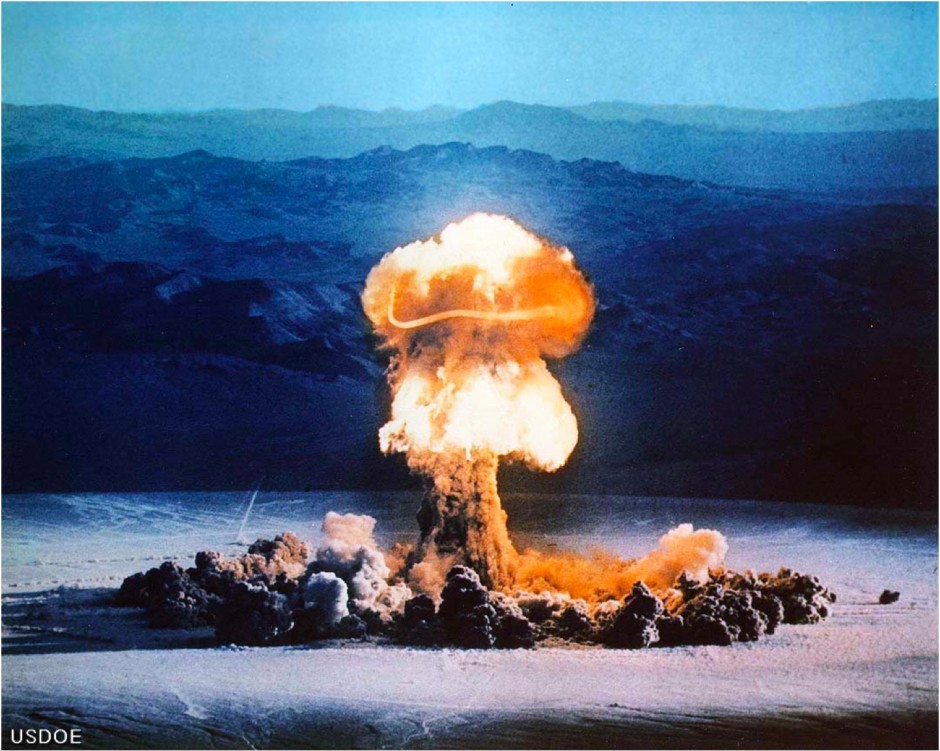Every great American road trip brings visitors to the Southwest. Most hit the typical tourist haunts: the Grand Canyon, Carlsbad Caverns, the Hoover Dam.
Travelers looking for a little more adventure and a little less Clark Griswold have reason to be equally excited at the prospects. Here are seven must-visit road-trip stops in the southwestern United States you probably haven’t seen before.

The Lightning Field (Catron County, New Mexico)
An art installation by sculptor Walter De Maria, The Lightning Field is a one-mile by one-kilometer array of 400 stainless-steel poles in the high desert of New Mexico. The poles are between 15 feet and 26 ¾ feet and are spaced 220 feet apart. As it's only open six months per year, visitors must make advanced arrangements for an overnight stay in the on-site cabin in order to see the land artwork. Some visitors may be lucky enough to witness lightning strike the installation, while others may only see the scorched earth near the poles where lightning has struck before.
(via)

Arcosanti (Arcosanti, Arizona)
An experimental town established by architect Paolo Soleri, Arcosanti was founded with the goal of “[pursuing] lean alternatives to urban sprawl based on [Soleri's] theory of compact city design, Arcology.” The buildings that currently exist support the needs of the community. These structures include a visitor center, cafe, gift shop, swimming pool, and office complex, as well as bronze-casting and ceramics apses, storefronts, and residences. 40,000 people visit Arcosanti annually, many of whom stay in the Sky Suite, a two-bedroom accommodation which also happens to be one of the highest points in Arcosanti.
(via)

Biosphere 2 (Oracle, Arizona)
Currently owned by the University of Arizona, Biosphere 2 is a 3.14-acre research facility in Arizona designed to model an isolated global biosphere. Originally containing representative Earth biomes, including rainforest, desert, savannah, wetland, and ocean ecosystems, Biosphere 2 has been home to two closed experiments in which researchers lived in the structure for extended periods of time. Biosphere 2 is open to the public, and tours are given daily. The tour is roughly two and a half hours long and may give some visitors flashbacks to a certain Pauly Shore film.
(via)
Intermission

Titan Missile Museum (Sahuarita, Arizona)
A former ICBM (intercontinental ballistic missile) launch site, Titan Missile Museum is located roughly 15 miles south of Tucson. Inside the facilities, which can be toured, an inert 103ft-tall Titan II missile sits in the silo. Much of the museum lies underground. Tourists can view the silo, control room, tunnels, and antenna tower. During the peak of the Cold War, two-person teams manned the control room 24/7 in the event that an ICBM needed to be launched at a second's notice.
(via)

Earthship Visitor Center (Taos, New Mexico)
An Earthship is typically an off-the-grid home which is made of natural and recyclable materials, utilizing local resources (and especially the sun) to create heating and lighting for the building. Near Taos, one comes across the Greater World Earthship Community, an enclave of Earthship architecture and sustainable housing. At the visitor center, guests can take a self-guided tour, attend a training course, or join one of the seminars given a few times a year. Nightly rentals are available for those who prefer a longer look at the future of sustainable living.
(via)

Desert Botanical Garden (Phoenix, Arizona)
A 140-acre garden in Phoenix, the Desert Botanical Garden is home to over 21,000 plants. The garden contains numerous rare, threatened, and endangered species as well. Non-desert-adapted plants are kept under shade houses, protected from the hot, arid climate. With a focus on desert flora, the Desert Botanical Garden has a South America collection, a Baja California collection, and an Australia collection. The garden was founded in the late 1930s by the Arizona Cactus and Native Flora Society.
(via)

Trinity Site (White Sands Missile Range, New Mexico)
The Trinity Site is the site of the world's first atomic detonation, which occurred on July 16, 1945. It's now only open one day per year (the first Saturday of April), but on that day visitors can stand in the exact location where the Atomic Age began. A few miles away sits the small house where the device was assembled. Surrounded by remnants of blue-green Trinitite created from the blast, which stand out against the desert sand, visitors at ground zero can take a look at the stone obelisk that marks the site where the explosion occurred.
(via)
